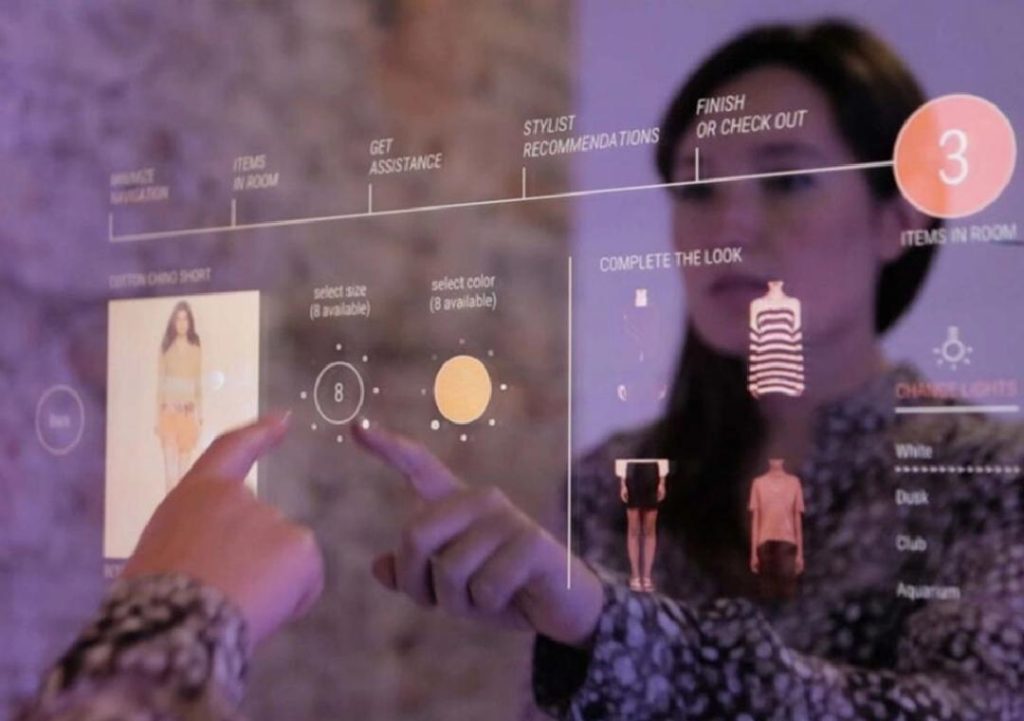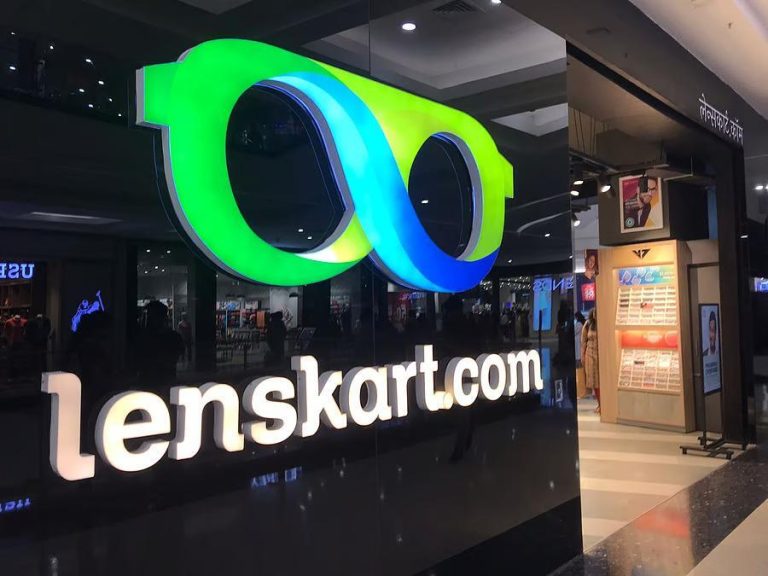
Is Smart Retail Changing How We Shop?
The retail landscape has undergone significant transformations in recent years, driven by the rise of e-commerce and the increasing importance of customer experience. In response, retailers have turned to smart retail technology to optimize their operations and improve the customer experience. But what does this mean for the way we shop?
Smart retail is a term that encompasses a range of technologies, including sensors, artificial intelligence (AI), and predictive analytics. These tools are designed to streamline backend operations, reduce waste, and provide a more personalized shopping experience. One of the key benefits of smart retail is the ability to reduce operational friction, making it easier for customers to find what they need and for retailers to manage their inventory.
One example of smart retail in action is the cashierless checkout. This technology uses sensors and cameras to track what customers are purchasing, eliminating the need for cashiers and reducing checkout times. This not only improves the customer experience but also reduces labor costs for retailers. For instance, Amazon Go, a chain of convenience stores, uses this technology to provide customers with a seamless shopping experience.
Another benefit of smart retail is real-time inventory updates. This technology uses sensors and RFID tags to track inventory levels in real-time, allowing retailers to quickly identify and restock items that are running low. This not only improves customer satisfaction but also reduces waste and saves retailers money. For instance, Zara uses this technology to ensure that its stores are always stocked with the latest styles and trends.
Smart retail also enables retailers to provide tailored promotions and offers to customers. This technology uses data and analytics to identify customer preferences and behavior, allowing retailers to provide targeted promotions that are relevant to each individual customer. For instance, Sephora uses this technology to offer personalized beauty recommendations to its customers.
The rise of hybrid shopping has also been driven by the growth of smart retail. Hybrid shopping refers to the combination of online and offline shopping experiences, with customers using digital channels to research and purchase products. Smart retail technology helps retailers to provide a seamless experience across both channels, allowing customers to pick up online orders in-store and vice versa.
The benefits of smart retail are numerous. For retailers, it can help to reduce operational costs, improve inventory management, and increase customer satisfaction. For customers, it can provide a more personalized and convenient shopping experience. However, there are also some challenges associated with the adoption of smart retail technology.
For instance, some customers may be concerned about the use of personal data and the potential for retailers to engage in targeted marketing. Retailers must therefore ensure that they are transparent about their use of customer data and provide customers with clear choices about how their data is used.
Another challenge is the need for retailers to invest in new technology and training. This can be a significant upfront cost, and retailers may need to balance the benefits of smart retail against the costs of implementation.
In conclusion, smart retail is changing the way we shop by providing a more personalized and convenient experience. Retailers that adopt this technology can improve customer satisfaction, reduce operational costs, and increase their competitiveness in the market. However, there are also some challenges associated with the adoption of smart retail technology, and retailers must ensure that they are transparent about their use of customer data and provide customers with clear choices about how their data is used.
Source:






